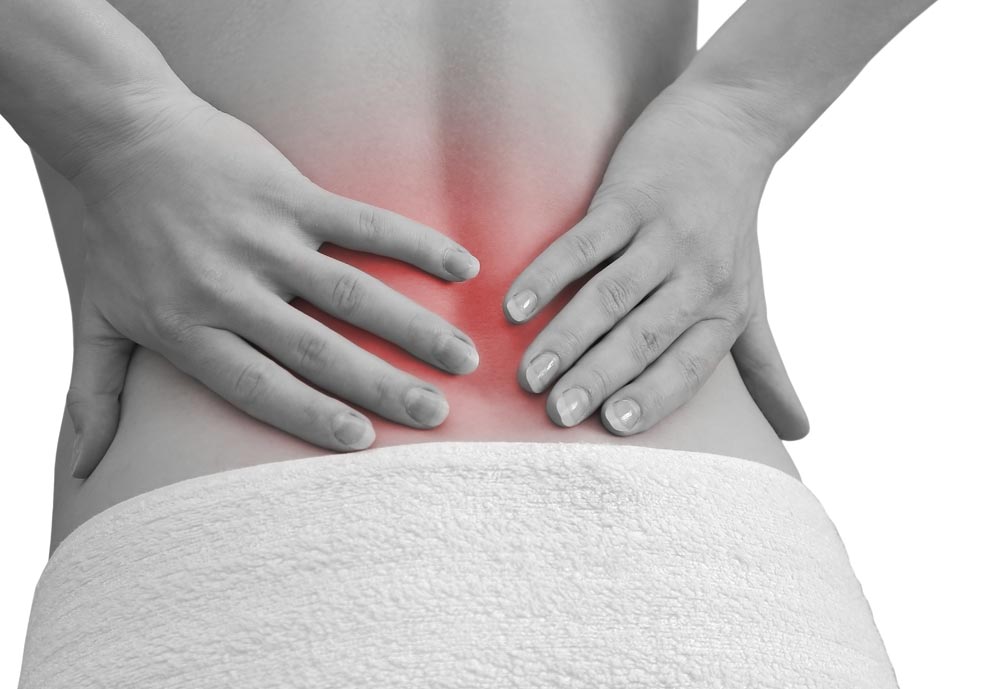Sports Injury–Low Back Pain
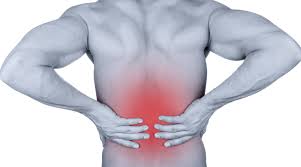
Compared to other areas of the spine, your lumbar spine bears the heaviest load during sports and exercises. This is why it is one of the most frequent site of pain and injuries. We commonly refer to the lower back as the area that consists of the sacrum and lumbar spine and its associated muscles, ligaments, and joints. Three of the most common causes of low back injury and pain are:
- Muscle/Ligament Strain/Sprain;
- Joint Dysfunction;
- Disc Herniations.
Muscle Strain and Ligament Sprain
How do these injuries occur?
- Pain and Spasm. A sharp pain with muscle spasm localized in the lower back, typically on one side during your exercise/sport might caused by a strain or sprain in the muscles or ligaments surrounding the lumbar spine.
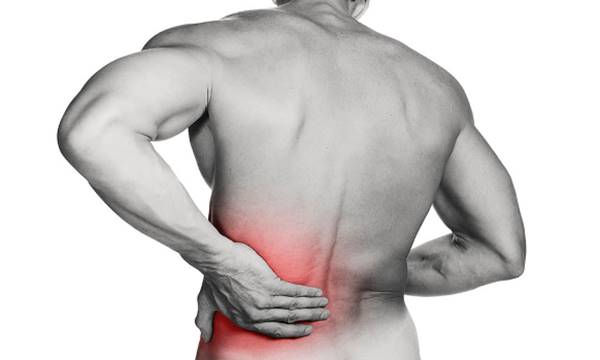
How can we help you?
- Stop and Rest. Stop your exercises/sports immediately. Apply Ice pack in 15 minutes while rest at home.
- Check and Treat. Check with our doctors to get an accurate diagnosis. Treating twice a week with chiropractic and acupuncture care is the quickest path to recovery. Chiropractic adjustments will eliminate the joint stiffness that comes from the inflammation and immobility. Acupuncture will spread the flow of Qi and Blood to promote healing and reduce pain. Massage once a week is also advised to avoid muscle spasm.
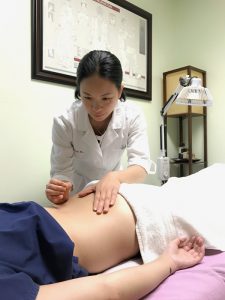
- Return. A gradual return to exercise is necessary to minimize risk of re-injury. Consult with our doctors for back exercises that are safe and effective to start strengthening your lower back.
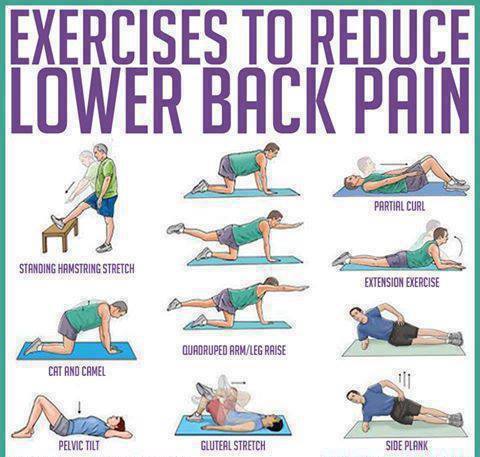
- Recovery. Recovery can vary anywhere from 2 weeks to 2 months, depending on the severity and grade of the injury.
Joint Dysfunction
How does it cause pain?
- Pain and Sounds. During exercises/sports, a clicking/popping sounds along with your low back pain might be caused by changes in the orientation of your lumbar joints. Due to improper posture or movements, misalignment of lumbar joints are common pain generators and result in inflammation and pain surrounding the joint.
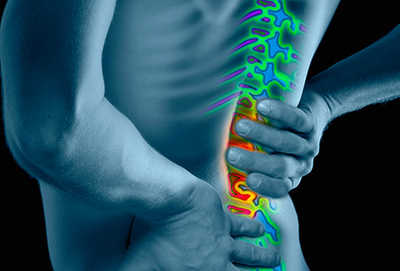
How can we help you?
- Stop and Rest. Stop your exercises/sports immediately. Avoid overusing your low back while resting at home.
- Check and Treat. Check with our doctors for an accurate diagnosis. Treating twice a week with chiropractic care is the best treatment available for directly fixing the root cause of the pain: the misaligned lumbar joints. When your joints are once again able to move freely, inflammation and pain will naturally disperse. Acupuncture is also advised in helping the body speed up the process of dispersing the inflammation and may treat underlying tight muscles that contribute to the initial misalignment.
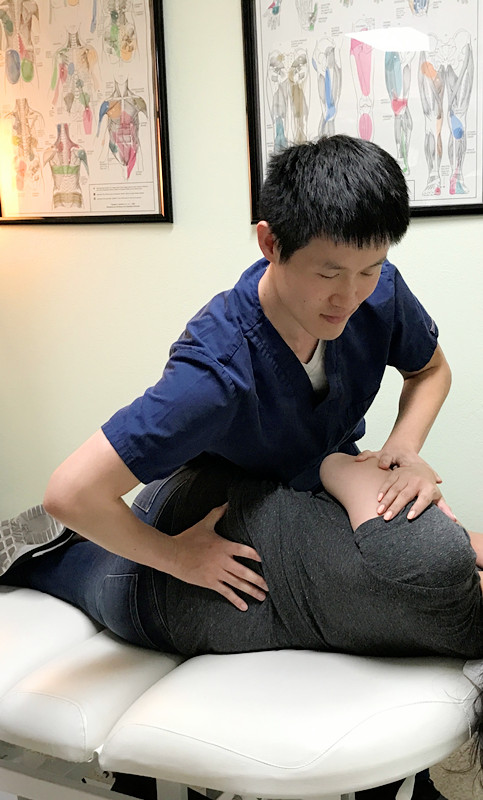
- A stretching and gradual strengthening regimen for the lower back muscles can prevent re-injury of lumbar joints. Consult with our doctors for proper posture and movements for the lower back that are safe and effective.
- Pain will usually resolve in 2-6 weeks.
Disc Herniations
How does it happen?
- Pain and Numbness. A sudden shooting pain from the low back to your legs along with numbness and tingling might be caused by a protrusion of your lumbar discs. When you exercise and place too much pressure on your lower back, the disc can break through the structures that hold it in place.
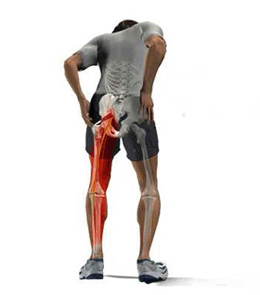
How can we help you?
- Stop and Rest. Stop your exercises/sports immediately. Avoid moving your low back while resting at home.
- Check and Treat. Check with our doctors for an accurate. Treat twice a week with conservative cares such as chiropractic, acupuncture, and physical therapy. Chiropractic and acupuncture treatment of disc herniations focus on reducing pain and nerve irritation to reduce symptoms of shooting pains and tingling sensations. Once a week routinely combined with physical therapy will speed up your recovery.
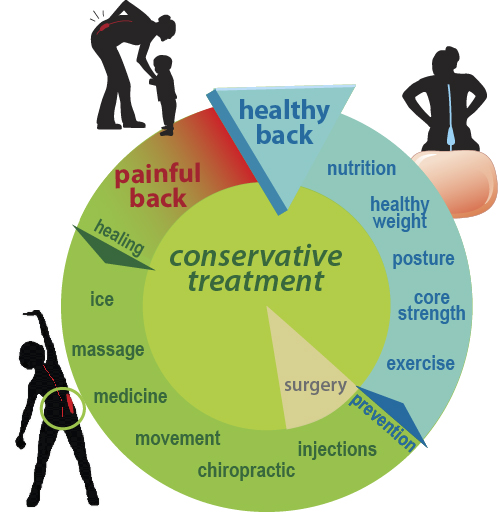
- Stretching. Exercises such as lower back and butt stretching are also a mainstay of most treatments. For example, start in a seated position and place your foot of the affected side onto the top of your opposite knee. Push the affected side’s knee down and lean forward to feel a stretch in your butt region. Hold this stretch for 30 seconds.
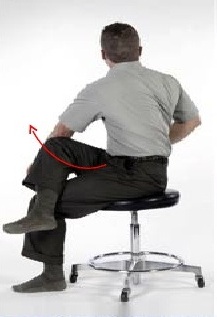
- Recovery. Symptoms may linger for years if left untreated. With treatment, symptoms can generally be managed within 3-4 months.

